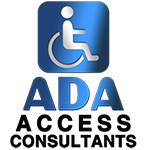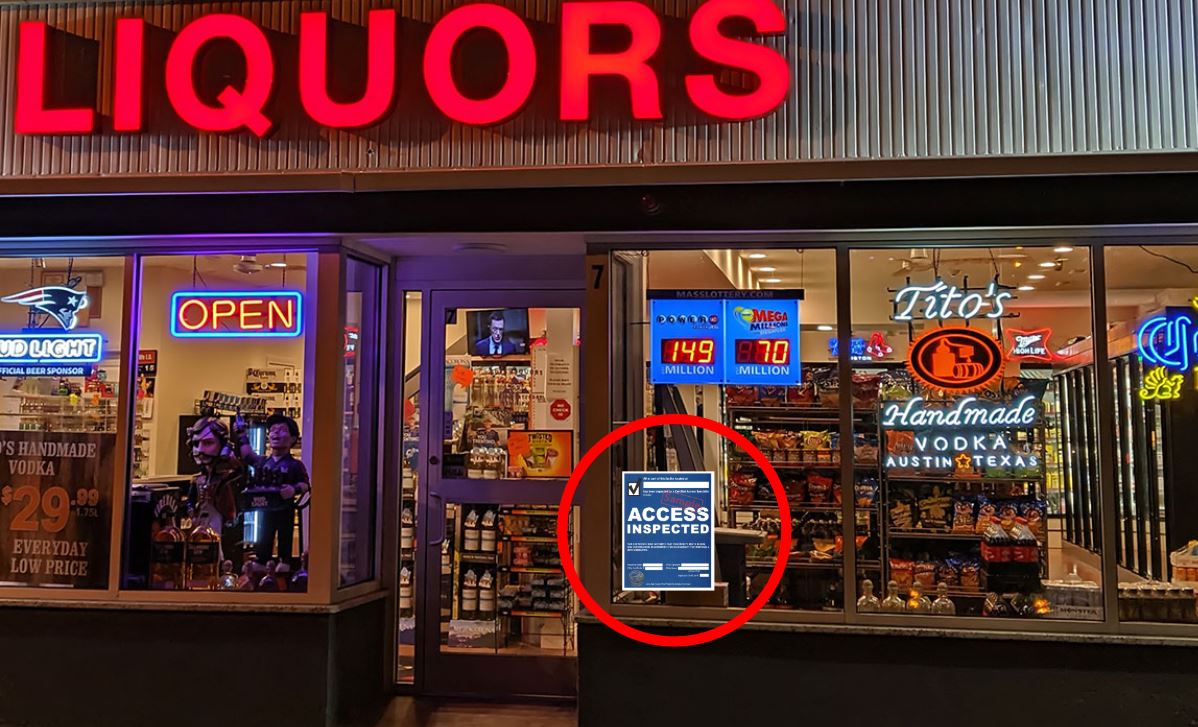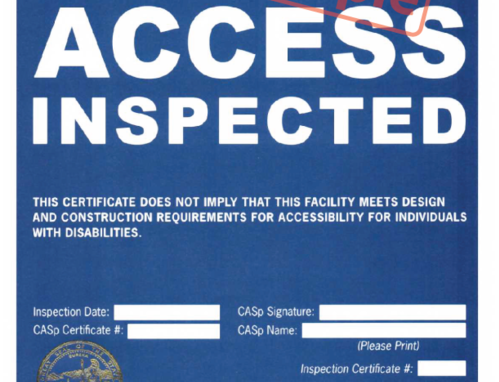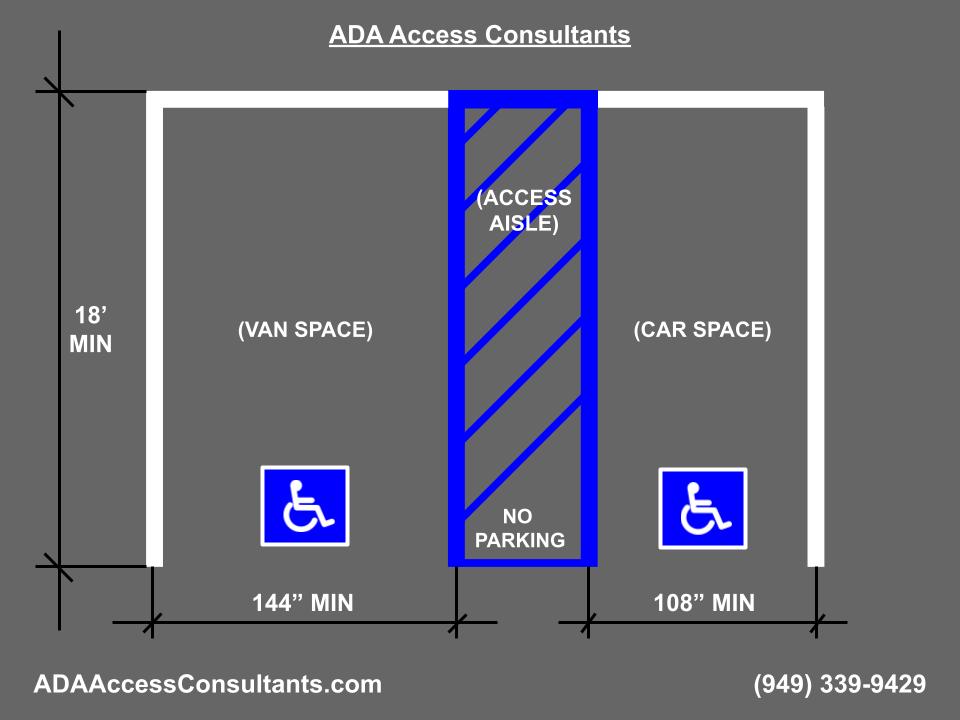Key Elements to ADA Table Requirements
1. Table Height & Clearance
- For proper wheelchair accessibility a table must be 28″-34″ above the floor
- Propert knee clearance specifications are 27” minimum height, 30” width, 19” depth.
2. The Table Floor Space Matters
- ADA table requirements state clear floor space is needed for wheelchair users (30” x 48” minimum)
- Proper positioning to allow easy access and maneuverability
3. ADA Table Requirements: Seating
- One thing to think about is, how many accessible seating spaces are required?
- Every type of seating is required to be partially accessible for example: outdoor seating, indoor seating, bar seating.










